INTRODUCTION
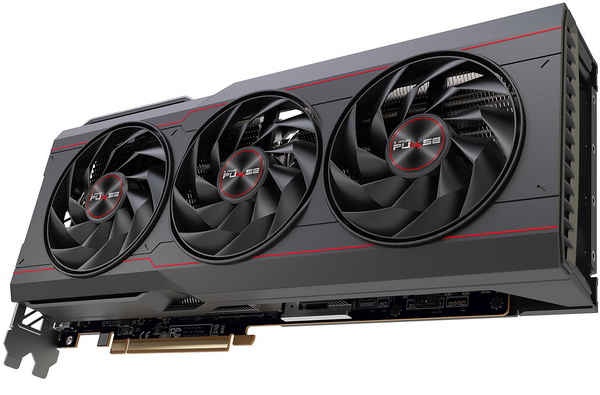
To counter the latest GeForce RTX 4080/4090 graphics cards by NVIDIA last December AMD launched their latest Radeon RX 7900 XT/XTX cards and even though the 4090 model wasn't quite in their reach the RX 7900 XTX did manage to exchange blows with the 4080 (the RX 7900 XT model not so much). Needless to say, whenever both AMD and NVIDIA release their stock/founders edition cards they always leave room for improvement thus allowing AIC (add-in-card) partners to further tweak their offerings in terms of performance (clocks), cooling and of course noise levels. Over the years the guys over at SAPPHIRE have established themselves as one of the top AMD graphics cards manufacturers and today with me i have one of their most popular models currently, the PULSE AMD Radeon RX 7900 XT 20GB model.
SAPPHIRE Technology continues to be a world leading manufacturer and global supplier of innovative graphics and mainboard products, delivering its AMD Radeon based products to the PC markets addressing gaming, eSports and performance graphics enthusiasts as well as delivering an array of professional graphics products and embedded system solutions. Recently SAPPHIRE has penetrated new markets with a series of GPU Compute server systems targeting the blockchain and commercial cryptocurrency mining businesses.
Just like the AMD Radeon RX 7900 XT 20GB which i reviewed in early December (review here) the PULSE model by SAPPHIRE also sports 84 RDNA 3 compute units, 5376 stream processors, 192 raster units (or render output units), 84 ray accelerators (or ray tracing cores), 336 texture mapping units and 6 shader engines (also 20GB of GDDR6 VRAM). In terms of featured technologies again we find AMD's FidelityFX Super Resolution (FSR) 2.2 for maximum performance and visuals (with FSR 2.3 and Fluid Motion Frames technology scheduled for late 2023), radiance display engine for incredible color accuracy at up to 8K 165Hz (12-bit HDR with full coverage of the REC2020 color space), image sharpening, noise suppression which helps reduce ambient noise, anti-lag for faster input commands, smart access memory (performance boost when paired with an AMD Ryzen CPU), FreeSync for no image stuttering and tearing and AMD link which allows you to stream your Windows desktop and games to mobile devices, TVs and other Windows PCs. That being said SAPPHIRE has tweaked several aspects of the Radeon RX 7900 XT and so aside increasing its game clocks (2075Mhz from 2025MHz) they've also used a larger 14-layer 2oz copper PCB which they've paired with a more robust dual-heatsink cooler with composite heatpipes and three dual-ball bearing fans with angular blades. The PULSE model isn't meant to be worlds apart from the stock AMD Radeon RX 7900 XT but still it should perform better overall so let's see if that's really the case.
SPECIFICATIONS AND FEATURES

PACKAGING AND CONTENTS
The card gets packed inside a large box that has the company logo at the front along with the model’s name, DRAM and some of the main product features.
On the right side SAPPHIRE has printed the main product features.
Turning the box around we find the system requirements, available connectors and all the RDNA 3 features.
As expected, the card is wrapped inside a plastic bag and placed in a formed piece of black foam.
Along with the card inside the box you'll also find a support bracket with its installation guide, 3 mounting screws and the quick installation guide.
THE PULSE AMD RADEON RX 7900 XT 20GB
Measuring 313mm in length and 133.75mm in height the SAPPHIRE PULSE AMD Radeon RX 7900 XT 20GB is a large 2.7-slot card (short video available on TikTok now).
Here you can see just how it compares to the stock 2.5-slot AMD Radeon RX 7900 XT (276mm in length and 113mm in height).
The cooler used by SAPPHIRE with the PULSE RX 7900 XT uses three dual-ball bearing fans.
These fans feature angular blades which provide optimal air pressure (up to 44% compared to other solutions) and airflow (up to 14%).
Under the three fans SAPPHIRE has placed two large aluminum heatsinks both of which have 5 nickel plated aluminum heatpipes passing through them (an large copper plate is located over the GPU and the VRAM).
The company name and the card line are both printed at the top of the card (unfortunately the PULSE has no LEDs).
This particular model makes use of two typical 8-pin PCIe power connectors (331W maximum board draw according to SAPPHIRE).
Typically for such a model almost the rear is taken by an aluminum backplate.
At the front we find two HDMI v2.1 and two DisplayPort v2.1 ports (7680x4320p maximum resolution supported).
TRIXX V9.0
Just like most manufacturers SAPPHIRE also have their very own monitoring/control software called TRIXX.
The first tab lists information about the card itself, including some monitoring graphs.
Second tab is a very thorough hardware monitoring tool which pretty much covers every single bit of the card you’re using.
Finally, from the 3rd tab you can further boost the performance of your card if needed at the cost of some image quality.
TEST BED
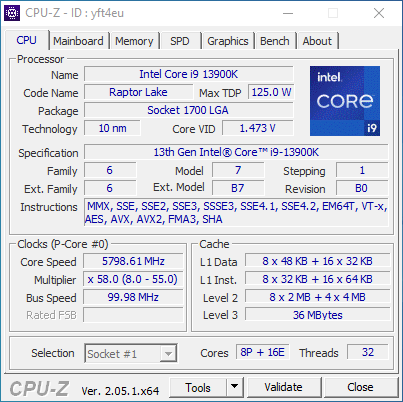
![]()
TESTING METHODOLOGY

Since I changed my graphics card test rig i decided to tweak things a bit and so the entire testing methodology has changed. So, for the foreseeable future for tests, I’ll be using the EV3285 monitor by EIZO (later on i may also add tri-monitor results since i do have 2 cockpits here in the lab) for 2160p UHD (3840x2160p), 1440p (2560x1440p) and 1080p Full HD (1920x1080p) tests. Needless to say, since most of you voted for it, I’ll also be using the Intel Core I9-13900K (5.8GHz P/4.7GHz E/4.9GHz RING), EVGA Z790 DARK test rig which I’ve completed with the Kingston FURY RENEGADE 32GB DDR5 7200MHz CL38 dual-channel kit.
Most games have also been changed so instead of manually testing every single one (and always allowing a small percentage of error) i chose all the latest ones to feature a built-in benchmark. In certain cases, built-in benchmarks may perform better than in-game but my purpose is comparison and not what one can expect in terms of in-game performance. So, this list includes Chernobylite, Cyberpunk 2077, F1 2022, Far Cry 6, Forza Horizon 5, Guardians Of The Galaxy, Horizon Zero Dawn CE, Metro Exodus Enhanced Edition, Red Dead Redemption 2 and Returnal. Also, since some of you have asked for Synthetic benchmarks in the past, I’ll also be using Speed Way and Port Royal from 3D Mark.
As with the past options like power saving, sharpness and overlays are all disabled in the cards we’re testing (to achieve the purest and maximum performance) and all tests are repeated a total of 3 times in a fresh Windows 10 Pro installation with all updates installed until the day of our review (same as all the games used). Room temperature is as usual controlled and steady at 23 degrees Celsius for all tests and to record the temperatures of the cards we used AIDA64 and GPU-Z. Recording noise levels is done with an ExTech HD600 dBA meter from a distance of just 15cm away while power consumption is measured again using GPU-Z.
TEST RESULTS – SPEED WAY

3DMark Speed Way’s engine is assembled to demonstrate what the latest DirectX API (12 Ultimate) brings to ray traced gaming, using DirectX Raytracing tier 1.1 for real-time global illumination and real-time raytraced reflections, coupled with new performance optimizations like Mesh Shaders.
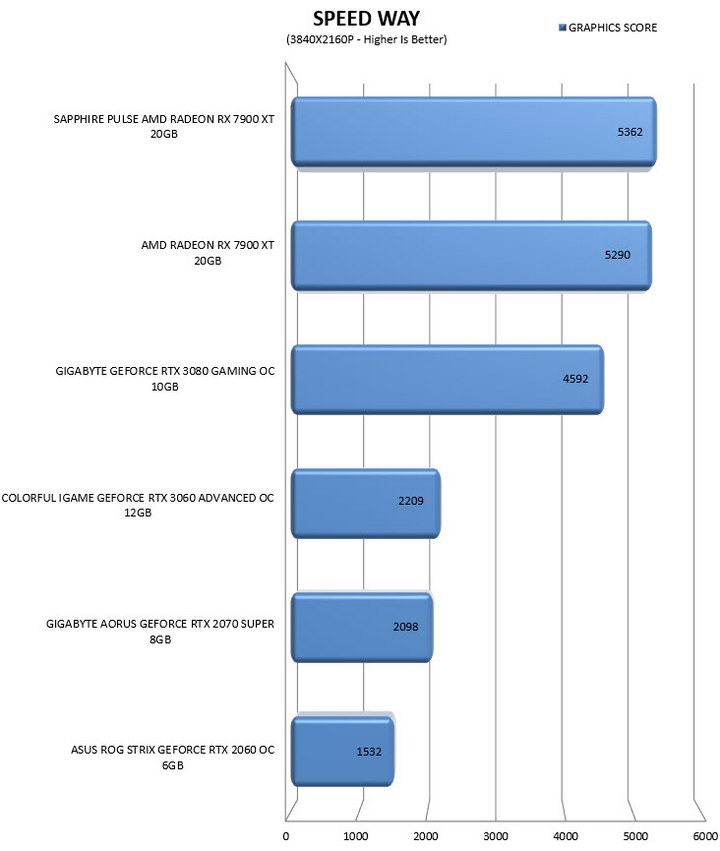


TEST RESULTS – PORT ROYAL
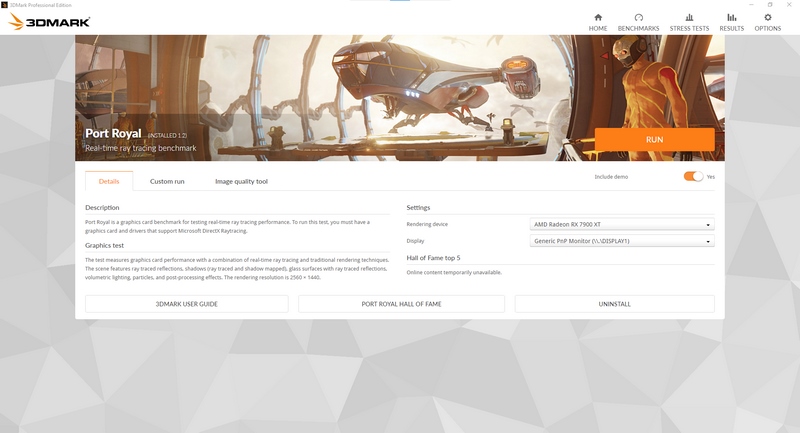
3DMark Port Royal is the world’s first real-time ray tracing benchmark for gamers. It shows you how well your PC handles ray tracing effects in real-time.


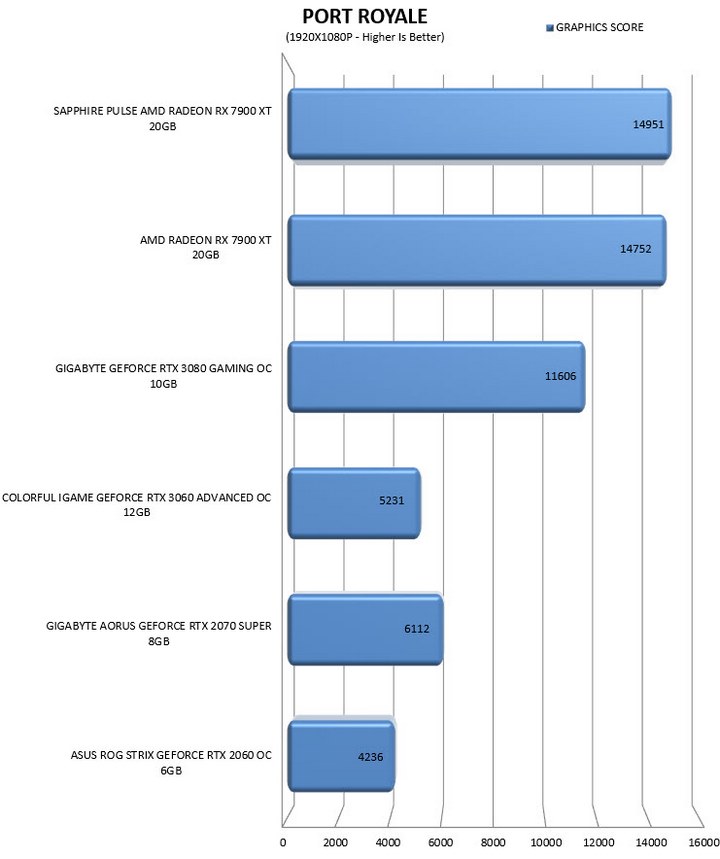
TEST RESULTS – CHERNOBYLITE

Chernobylite is a 1st person RPG set in the hyper-realistic, 3D-scanned wasteland of Chernobyl's Exclusion Zone. It's based on Unreal Engine 4 and will be used at Ultra graphics (RT Ultra/Off).
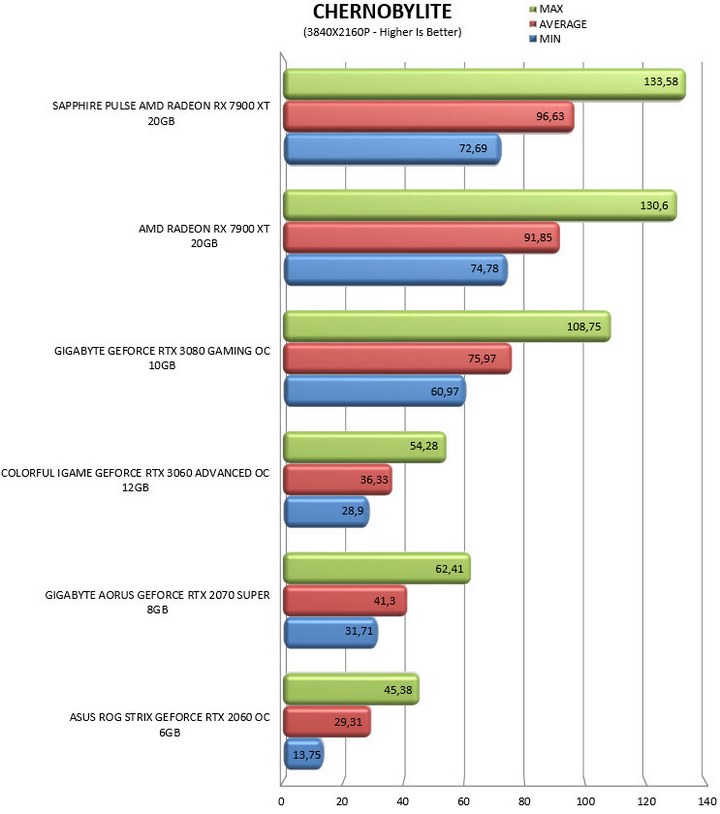


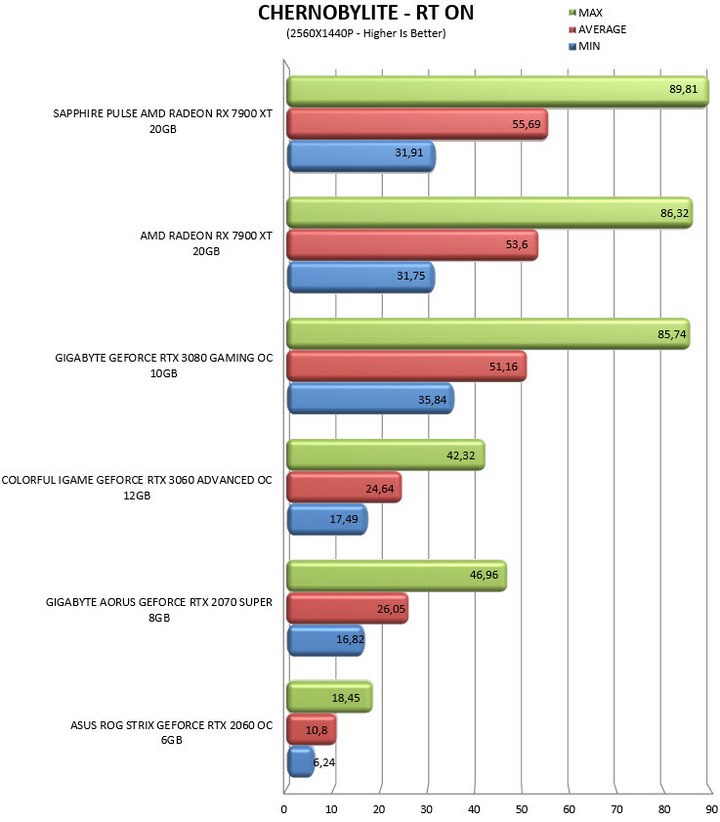
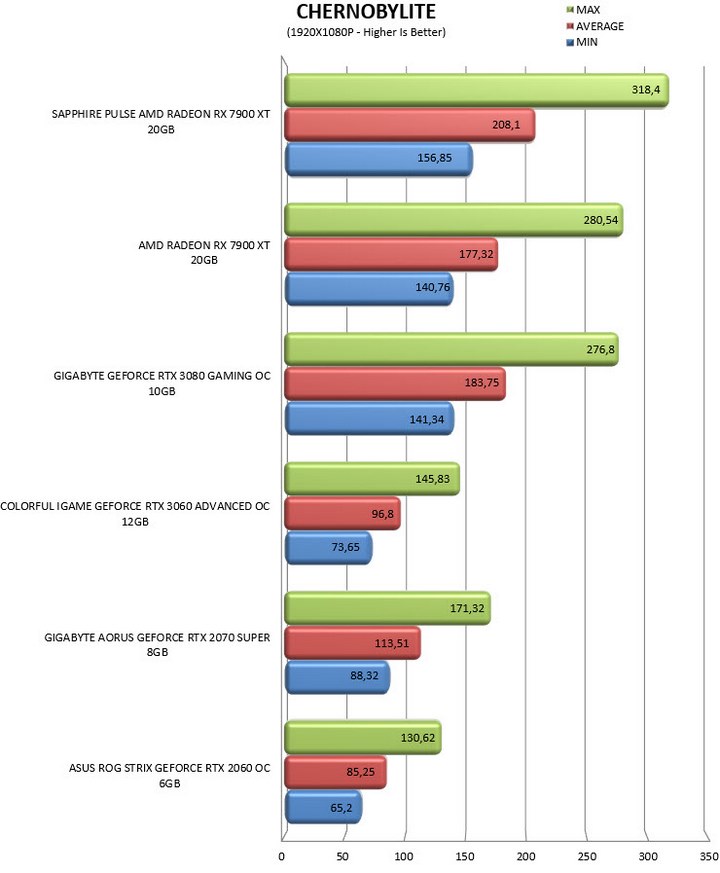

TEST RESULTS – CYBERPUNK 2077
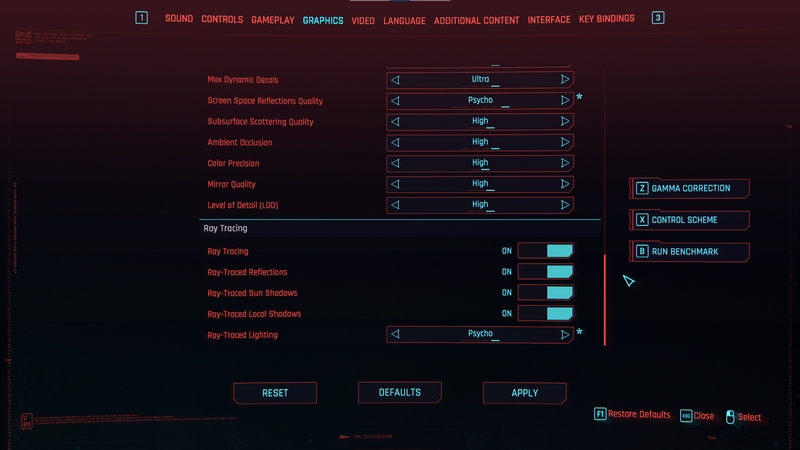
Cyberpunk 2077 is the latest game by CD Project and is based on their REDEngine 4. Graphics are set at Ultra/Psycho (RT Psycho/Off).
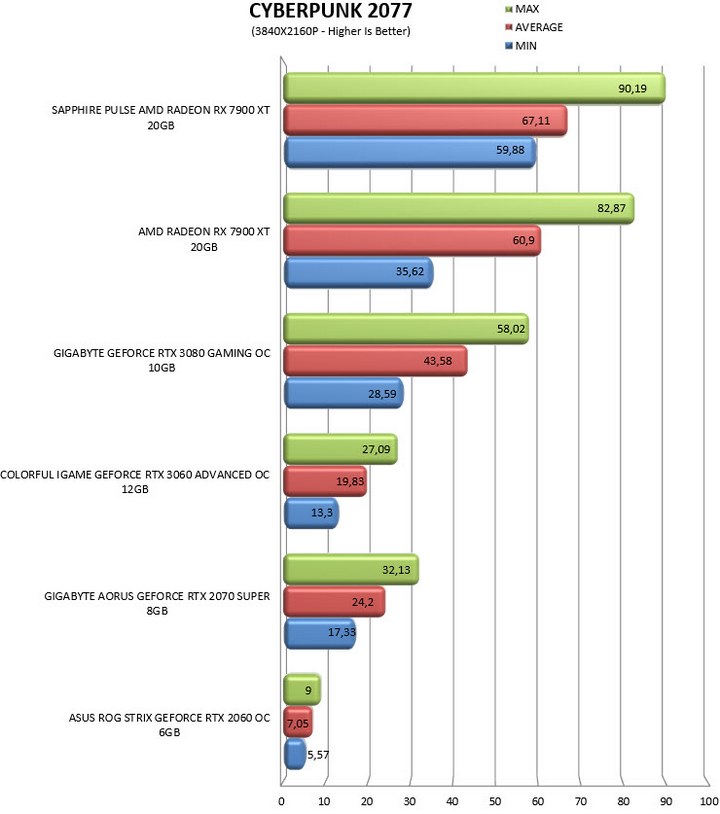
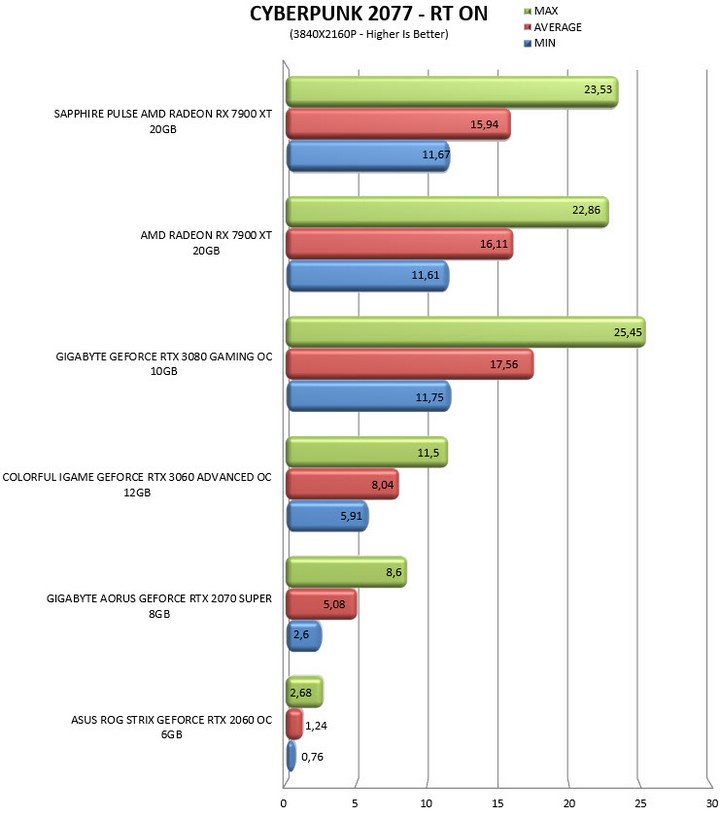
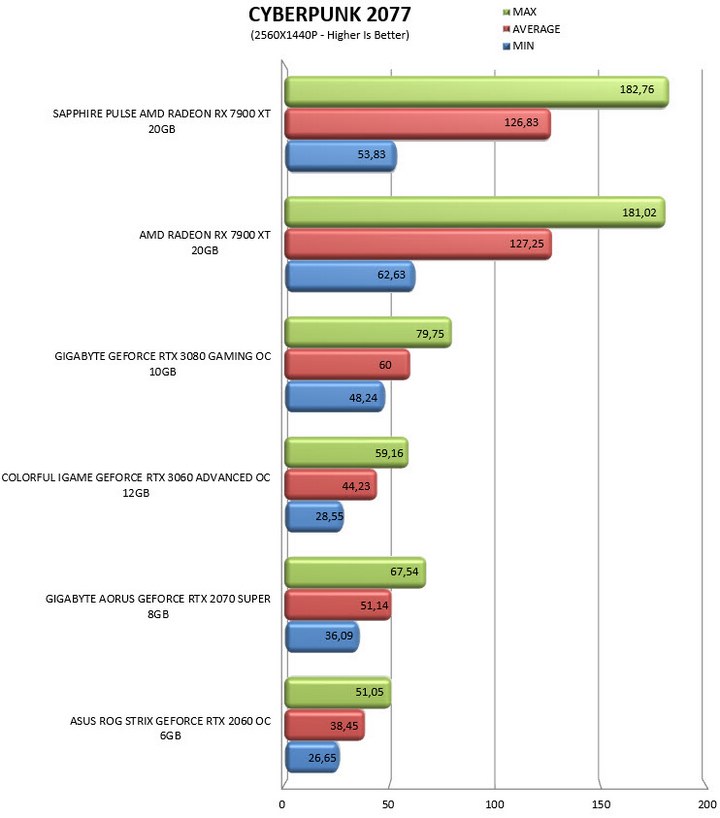
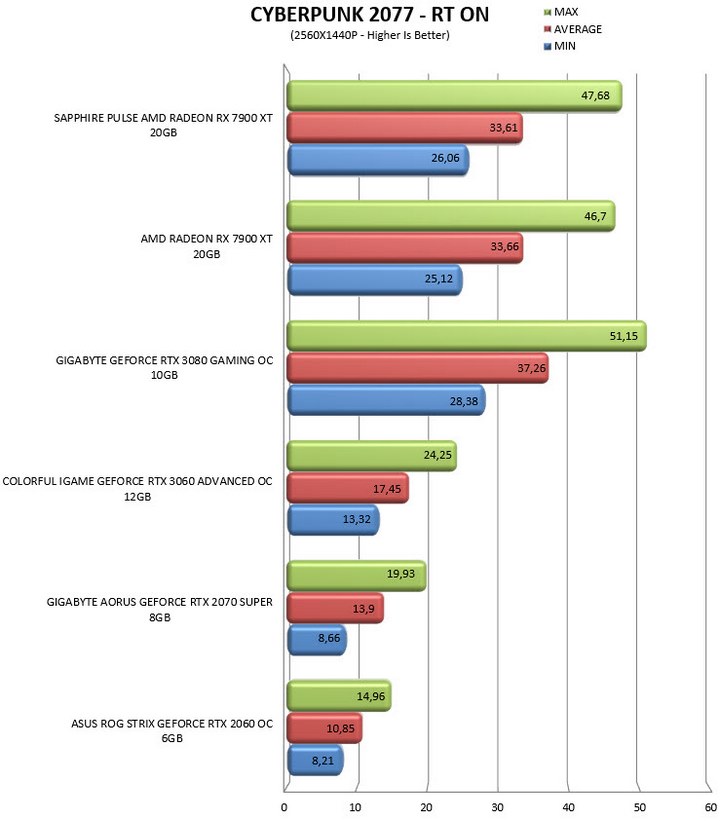

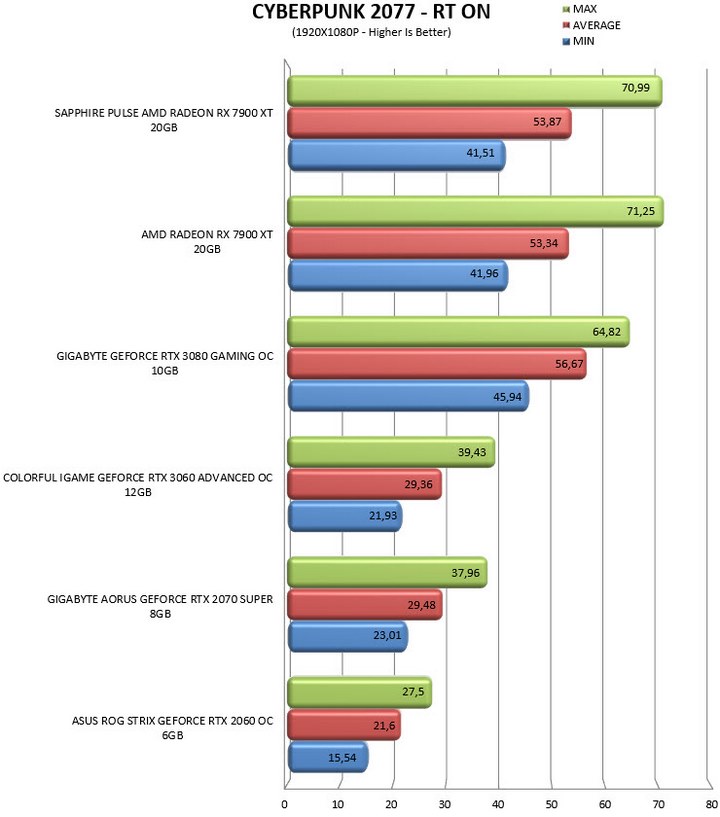
TEST RESULTS – F1 2022

F1 2022 is built on Codemasters' in-house engine, EGO, which has been upgraded to include DX12 and Ray-Tracing. Graphics are set to Ultra High (RT is enabled in all tests).
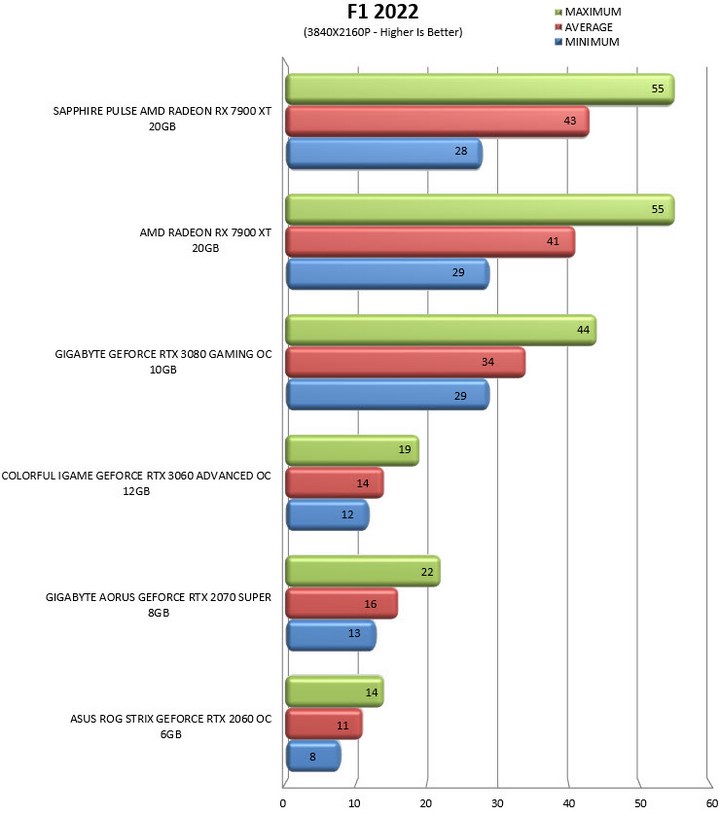
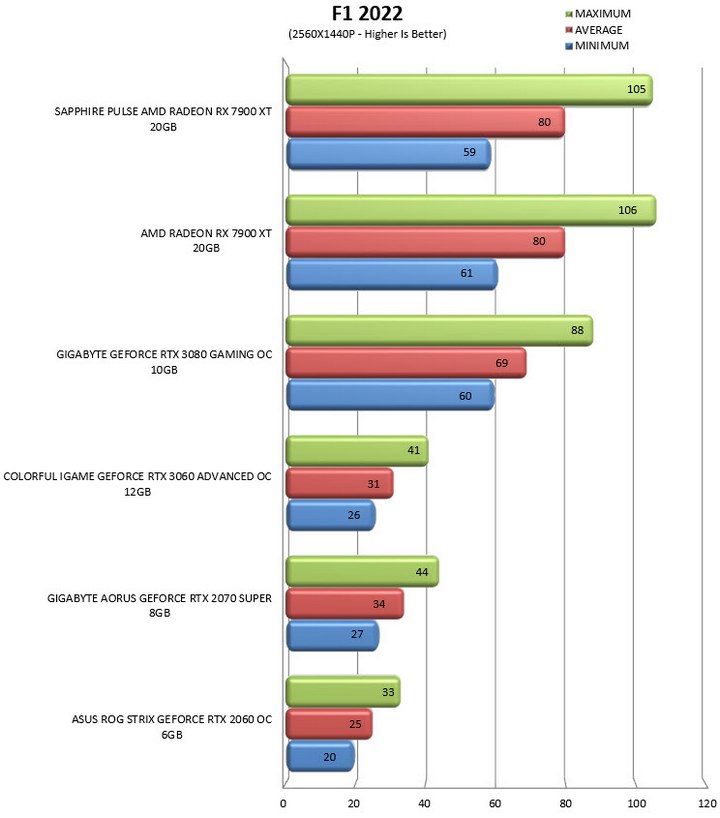

TEST RESULTS – FAR CRY 6

Far Cry 6 is based on the Dunia engine. Graphics are set to Ultra with DXR enabled.
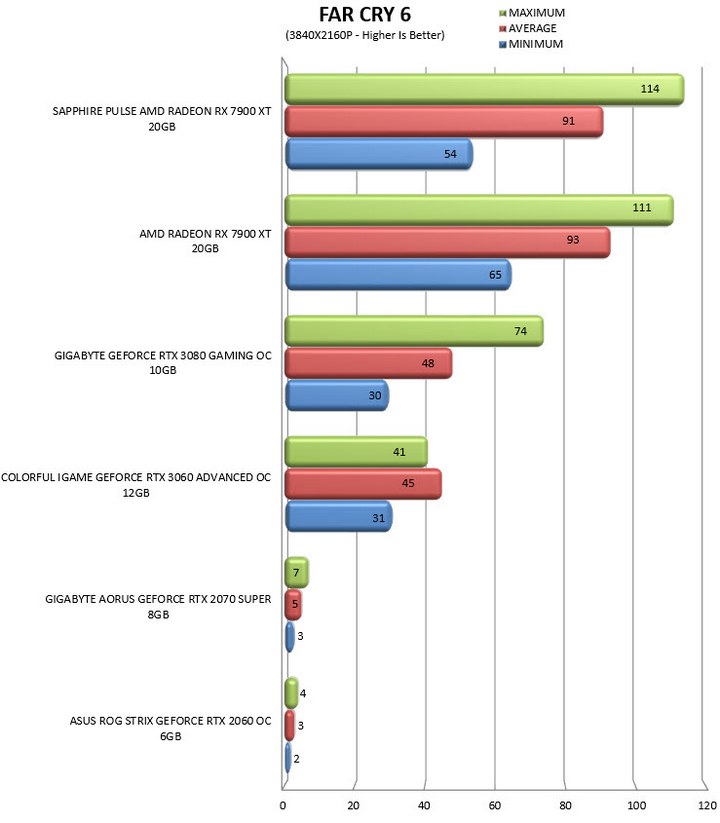
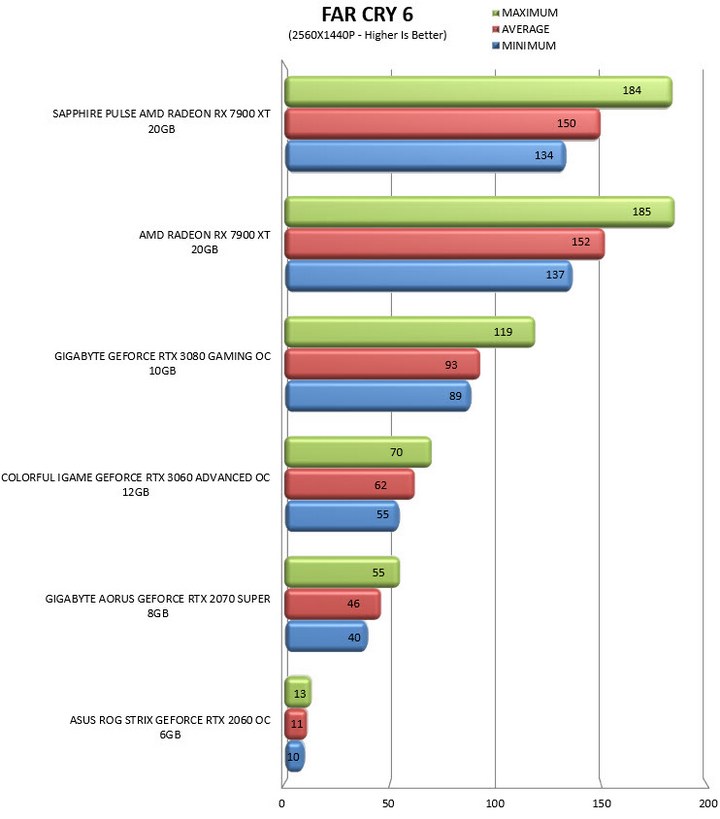
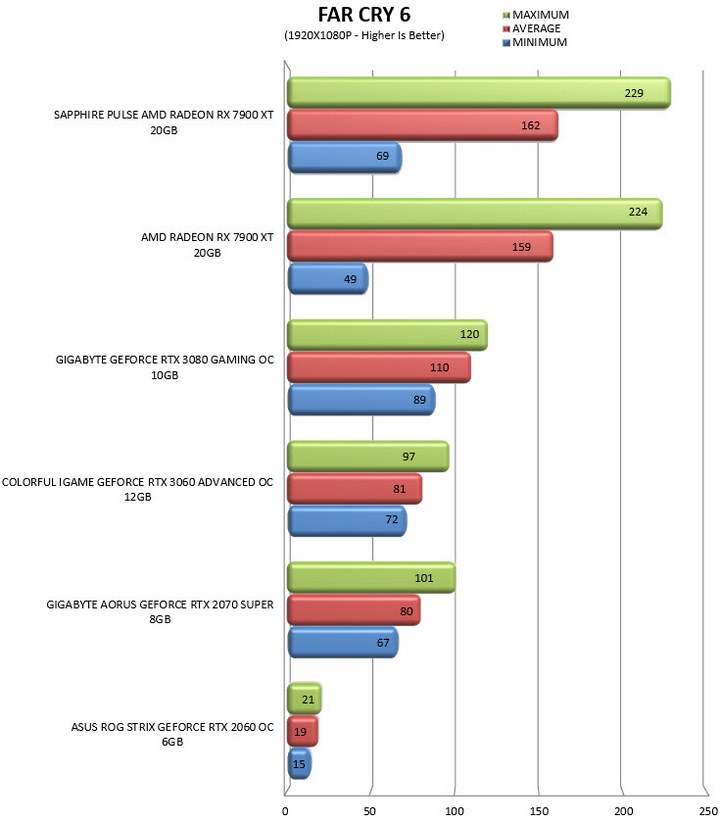
TEST RESULTS – FORZA HORIZON 5

Forza Horizon 5 uses ForzaTech, a proprietary engine built by Turn 10. Graphics are set to Extreme (RT is always enabled at high).
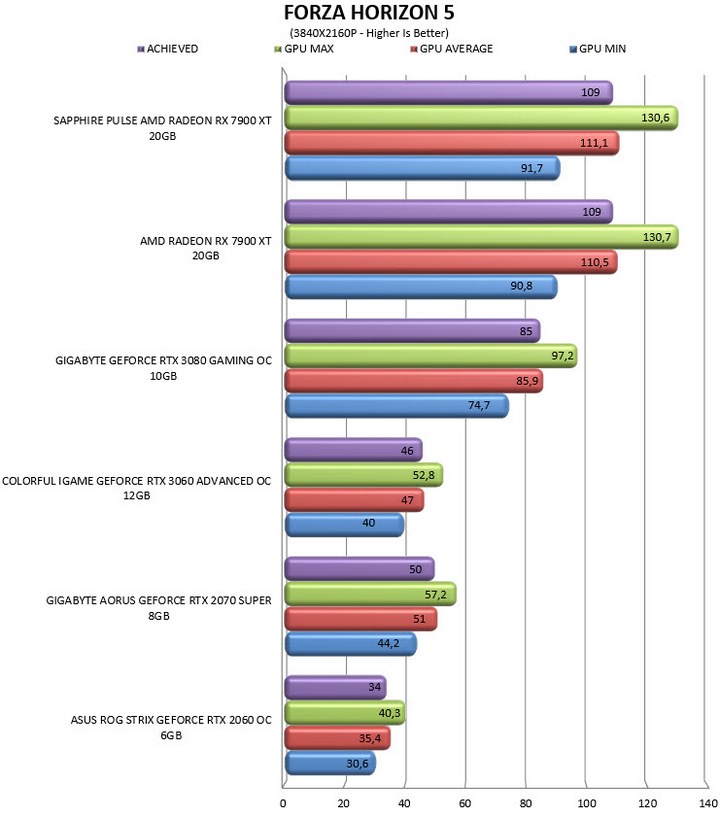
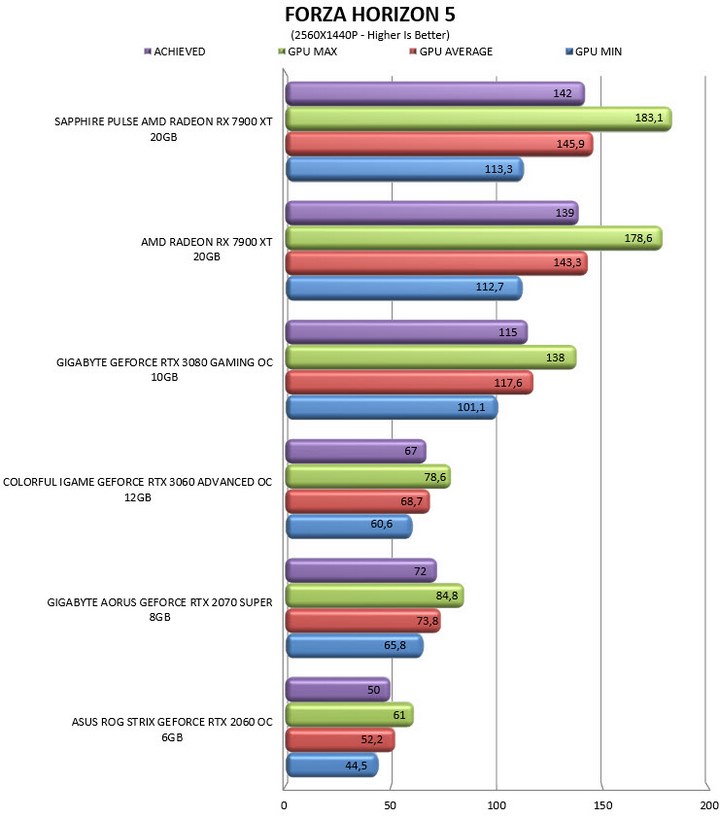

TEST RESULTS - GUARDIANS OF THE GALAXY
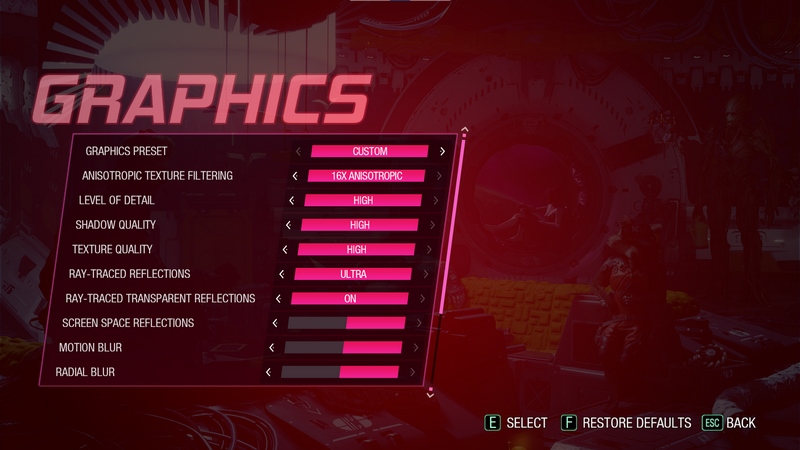
Guardians Of The Galaxy is based on the Dawn Engine by EIDOS. Graphics are set to maximum (RT Ultra/Off).

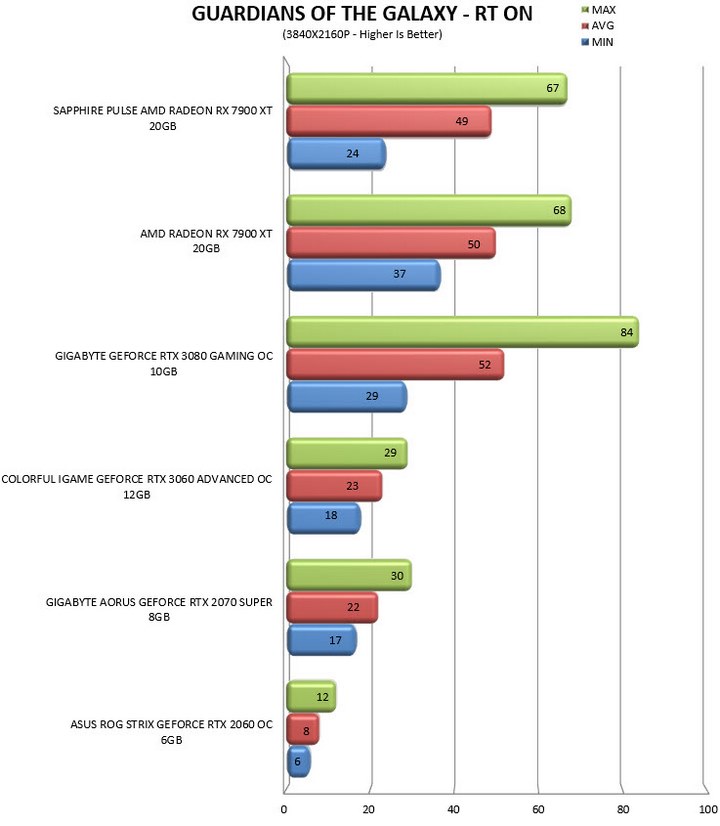
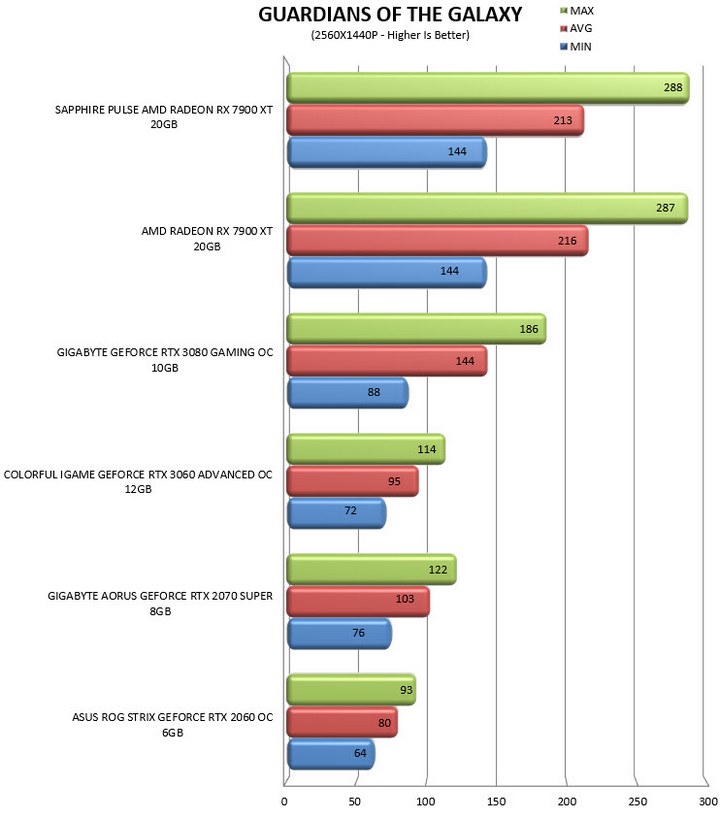

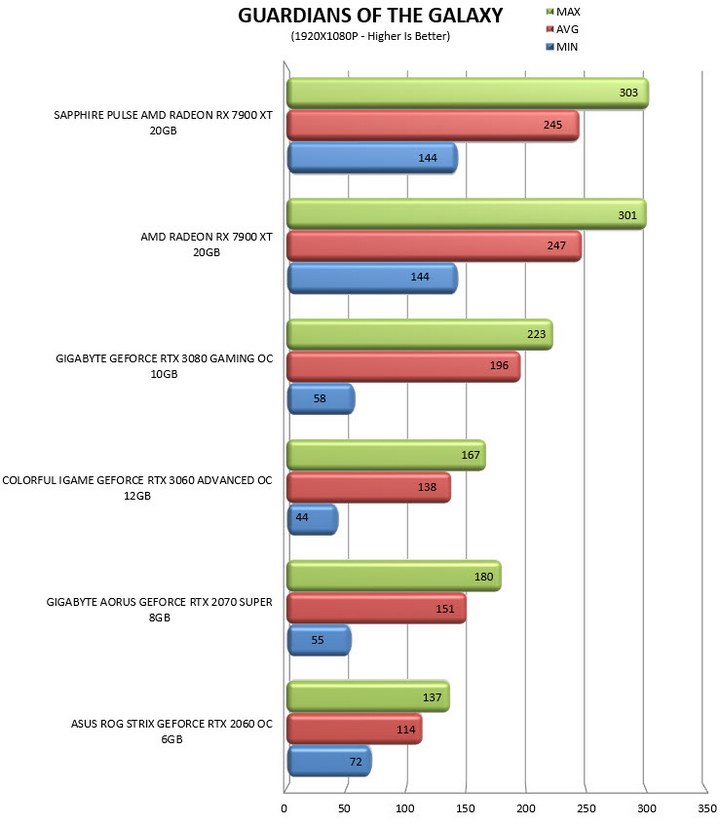
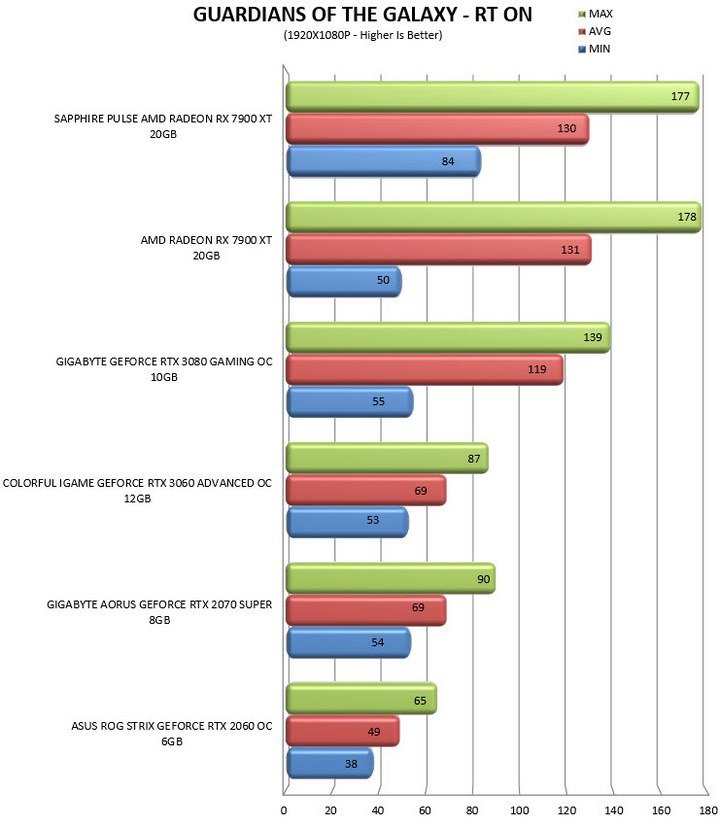
TEST RESULTS - HORIZON ZERO DAWN CE
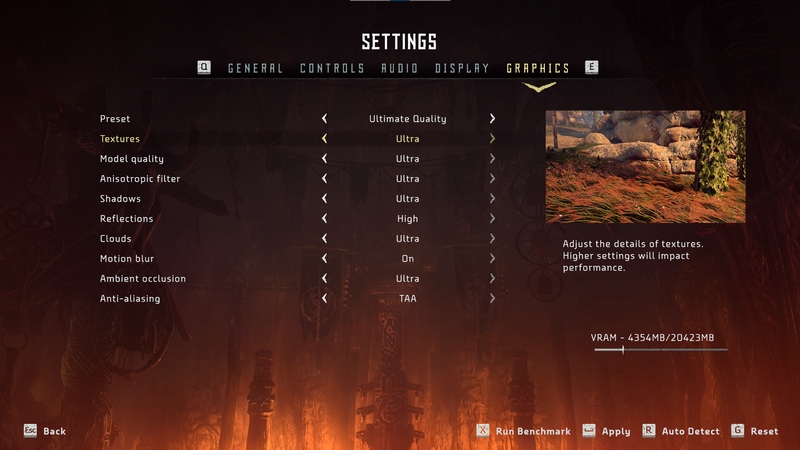
Horizon Zero Dawn CE (Complete Edition) is based on Guerrilla Games Decima engine. Graphics are set to Ultimate Quality.
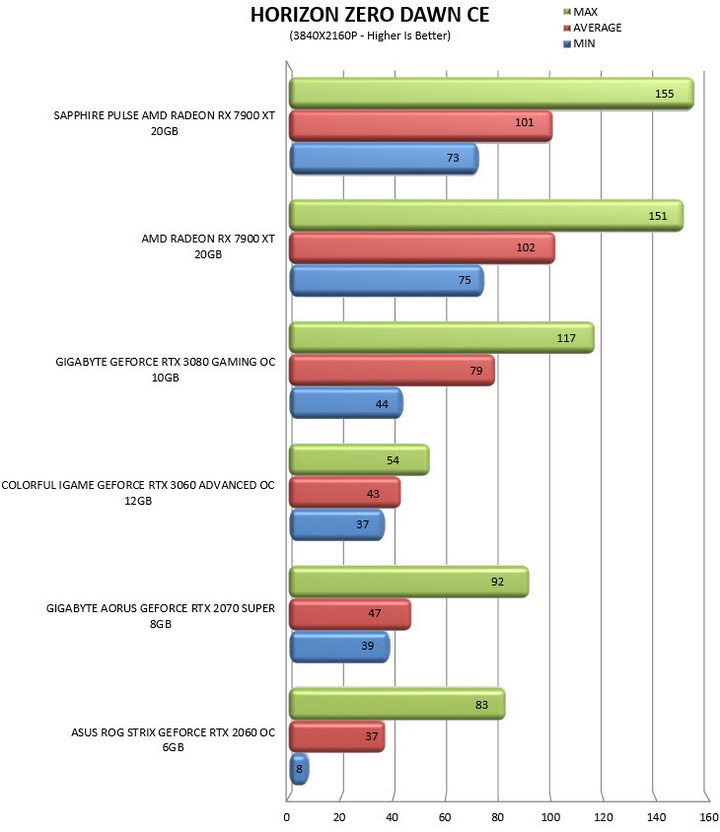


TEST RESULTS - METRO EXODUS ENHANCED EDITION
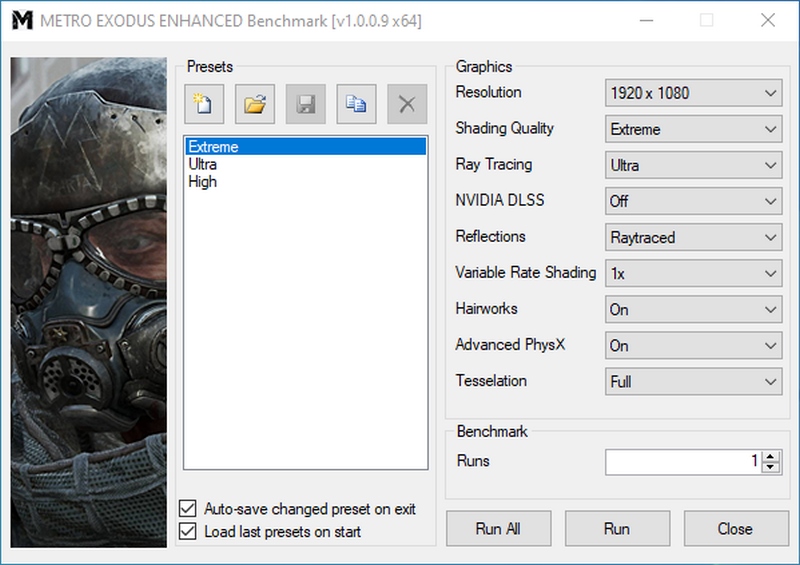
Metro Exodus Enhanced Edition is based on the 4A Engine and contains huge graphical upgrades compared to the normal version, including Ray Traced Emissive Lighting. Graphics are set at Extreme quality.
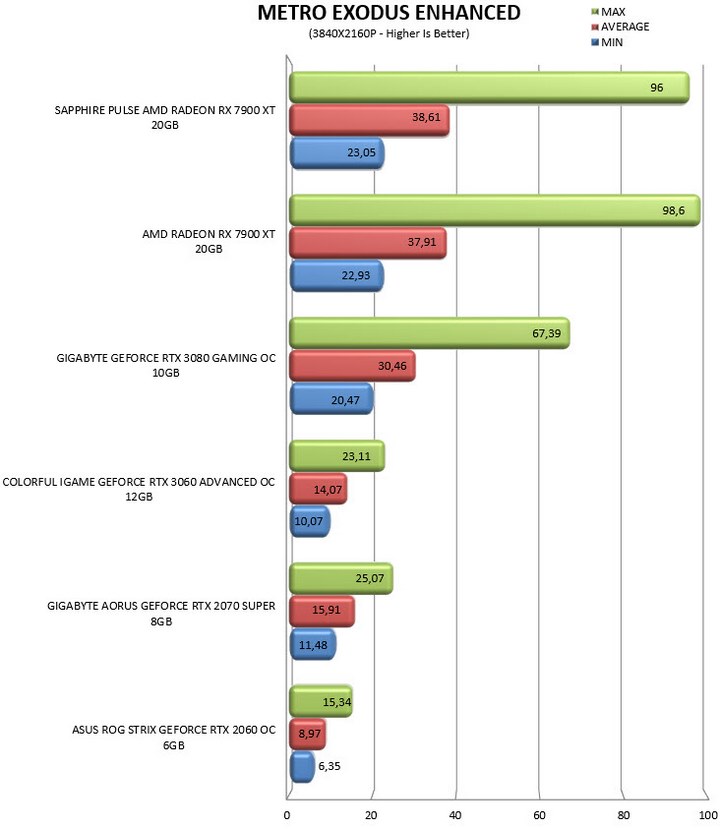

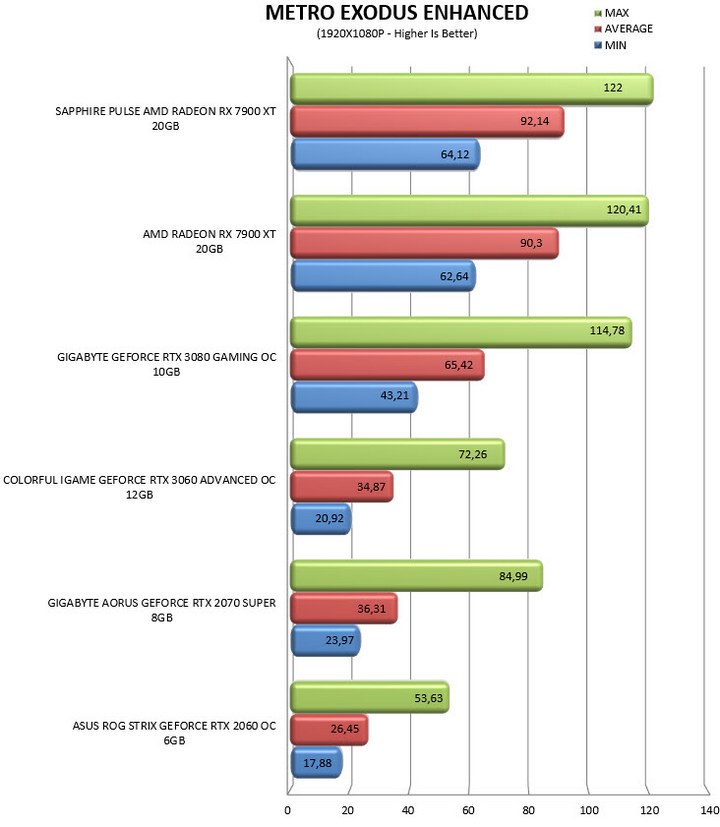
TEST RESULTS – RED DEAD REDEMPTION 2

For Red Dead Redemption 2 Rockstar has used their RAGE engine (Rockstar Advanced Game Engine). Graphics preset level slider is set to favour quality.

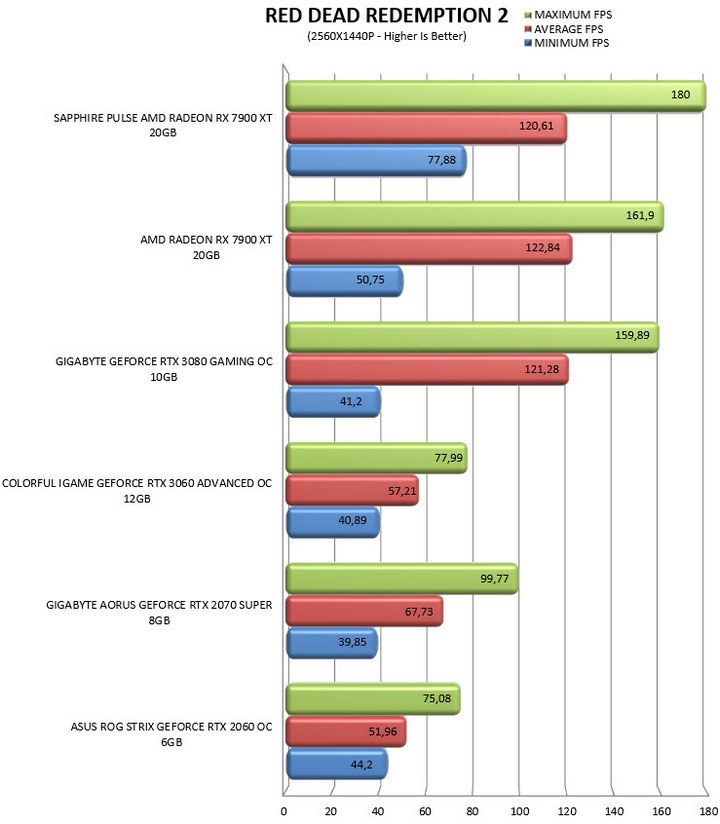

TEST RESULTS – RETURNAL

Returnal is also based on Unreal Engine 4. Graphics are set to EPIC (RT EPIC/Off).




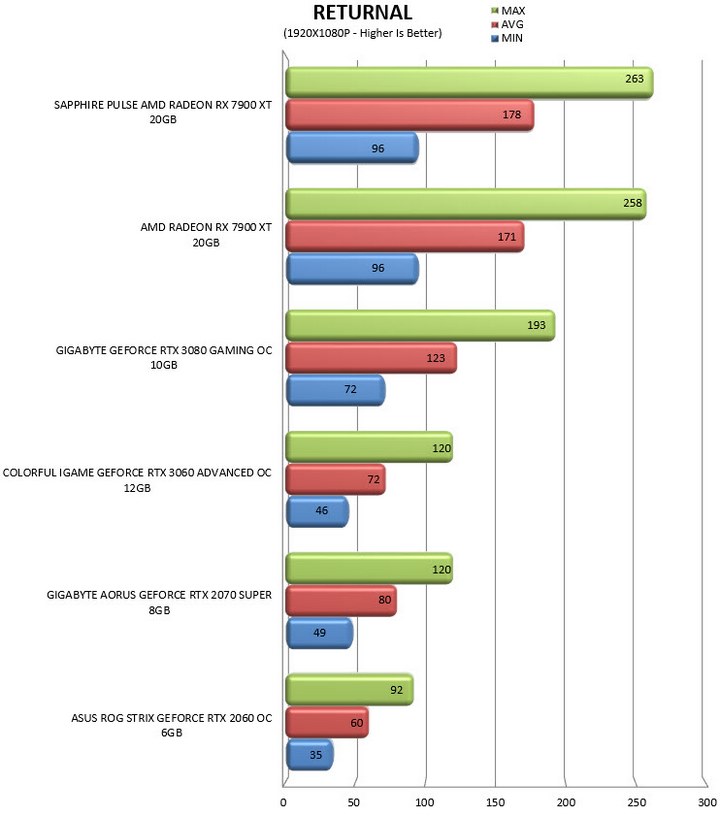

TEST RESULTS - OVERCLOCKING
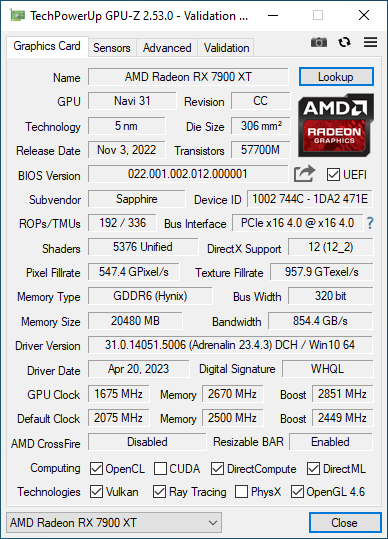
Going to 2851MHz boost and 2670MHz memory clocks was very easy and as a matter of fact I could probably go even higher quite easily (this is more of a safe OC for use 24/7).
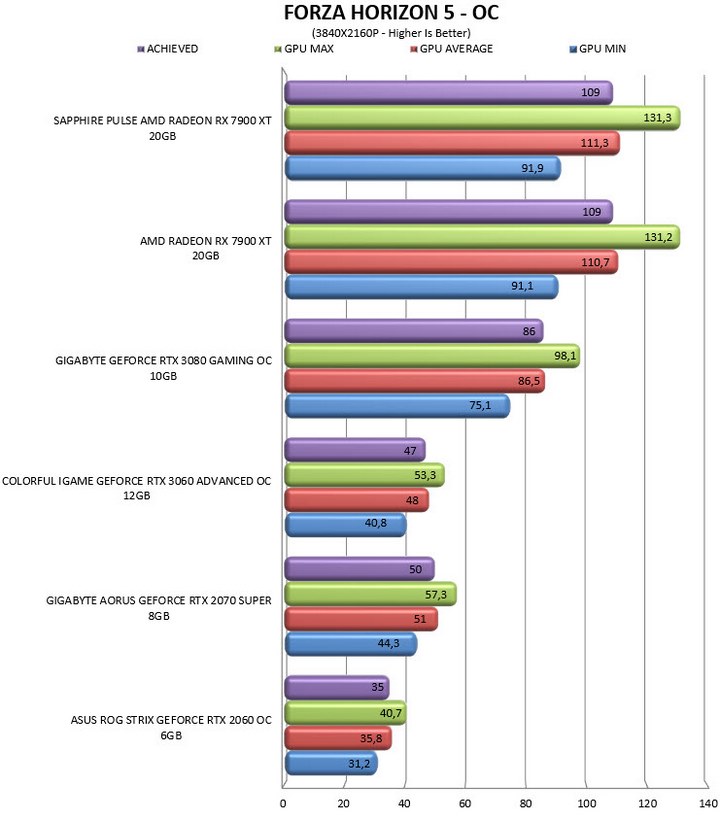

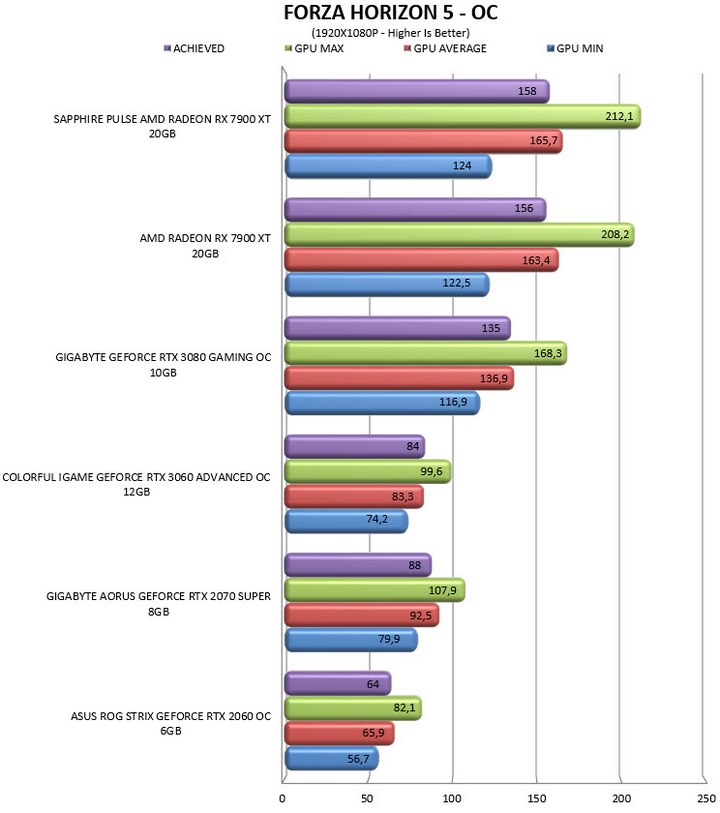
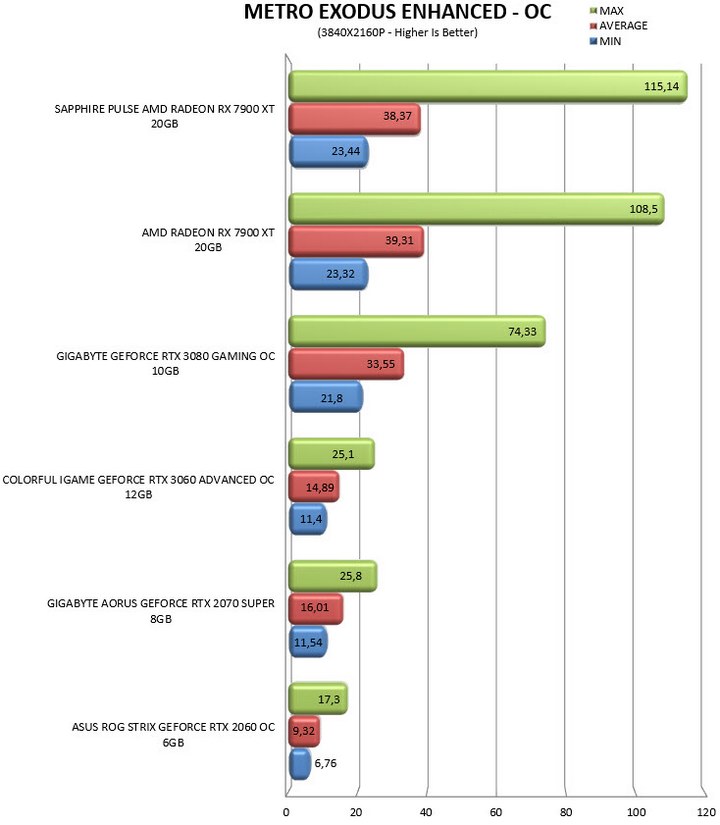
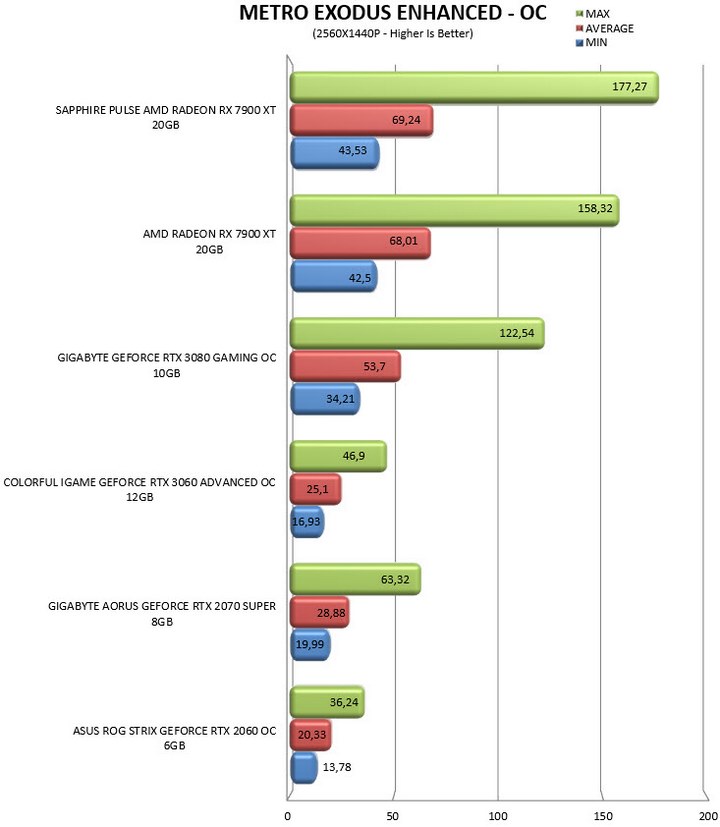

TEST RESULTS - POWER CONSUMPTION / TEMPERATURES / NOISE LEVELS



CONCLUSION
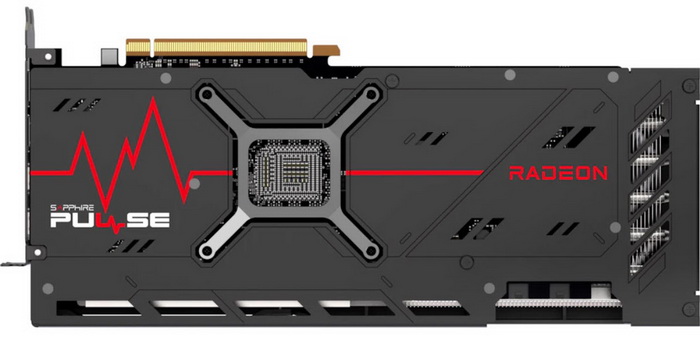
This review was actually scheduled to go live 2 weeks ago with just the stock AMD Radeon RX 7900 XT and the PULSE AMD Radeon RX 7900 XT in the charts. Since however I didn’t feel this was good enough, I started testing every card I have in the lab and although I am still not done (more to be added) I think it accurately showcases the difference between generations and even VRAM capacities. Now, in terms of performance it’s clear from the charts that the PULSE Radeon RX 7900 XT model does better compared to the stock model by AMD. As a matter of fact, aside temperatures the PULSE model surpasses the stock model in everything, including power consumption (less) and noise levels. Of course, once again it’s easy to see that AMD still lags behind NVIDIA in ray-tracing performance (the somewhat old GeForce 3080 exchanges blows with both RX 7900 XT cards in RT tests) and so if you plan on 4k gaming with RT on I do suggest going for the RX 7900 XTX instead. RT aside one of the things I really liked about the stock Radeon RX 7900 XT was its size and so for small towers/cases I still think it’s the better choice. On the other hand, if you have a large enough tower/case then the PULSE model (and why not even the NITRO Plus model) is clearly the better choice.
Currently retailing for USD799.99 inside the USA (Amazon.com) and for 882.76Euros inside the EU (Amazon.de) the PULSE AMD Radeon RX 7900 XT 20GB graphics card by SAPPHIRE is priced just right, always compared to similar offerings. At the end of the day, I really have nothing “bad” to say about the PULSE RX 7900 XT model by SAPPHIRE. Yes, ray-tracing performance could have been better but this card ticks almost every other box there is and for that it clearly deserves the Golden Award.

PROS
- Very Good Build Quality (Materials / Backplate)
- Top Of The Charts Performance
- Good Overclocking Headroom
- Noise Levels & Power Consumption
- Supported Technologies
- TRIXX Software
CONS
- Price (For Some)
- Overall RT Performance

 O-Sense
O-Sense





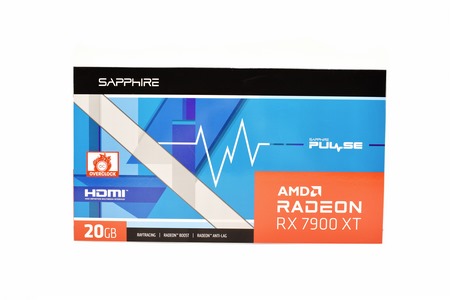




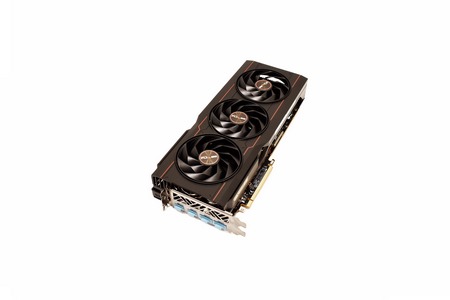


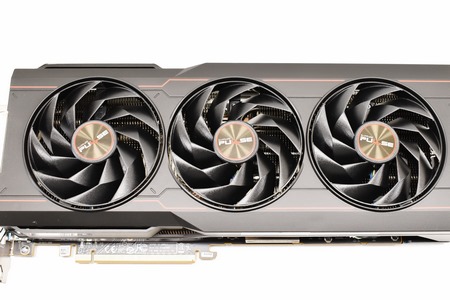

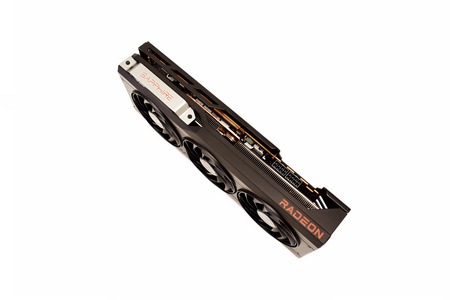
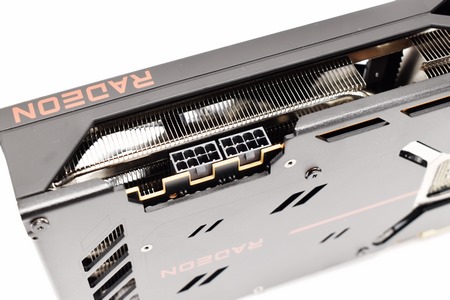

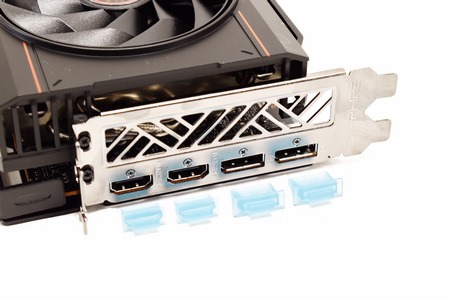
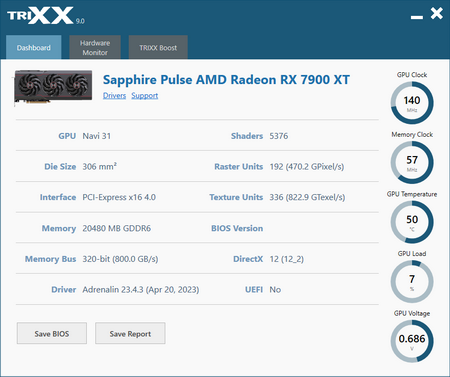




.png)

